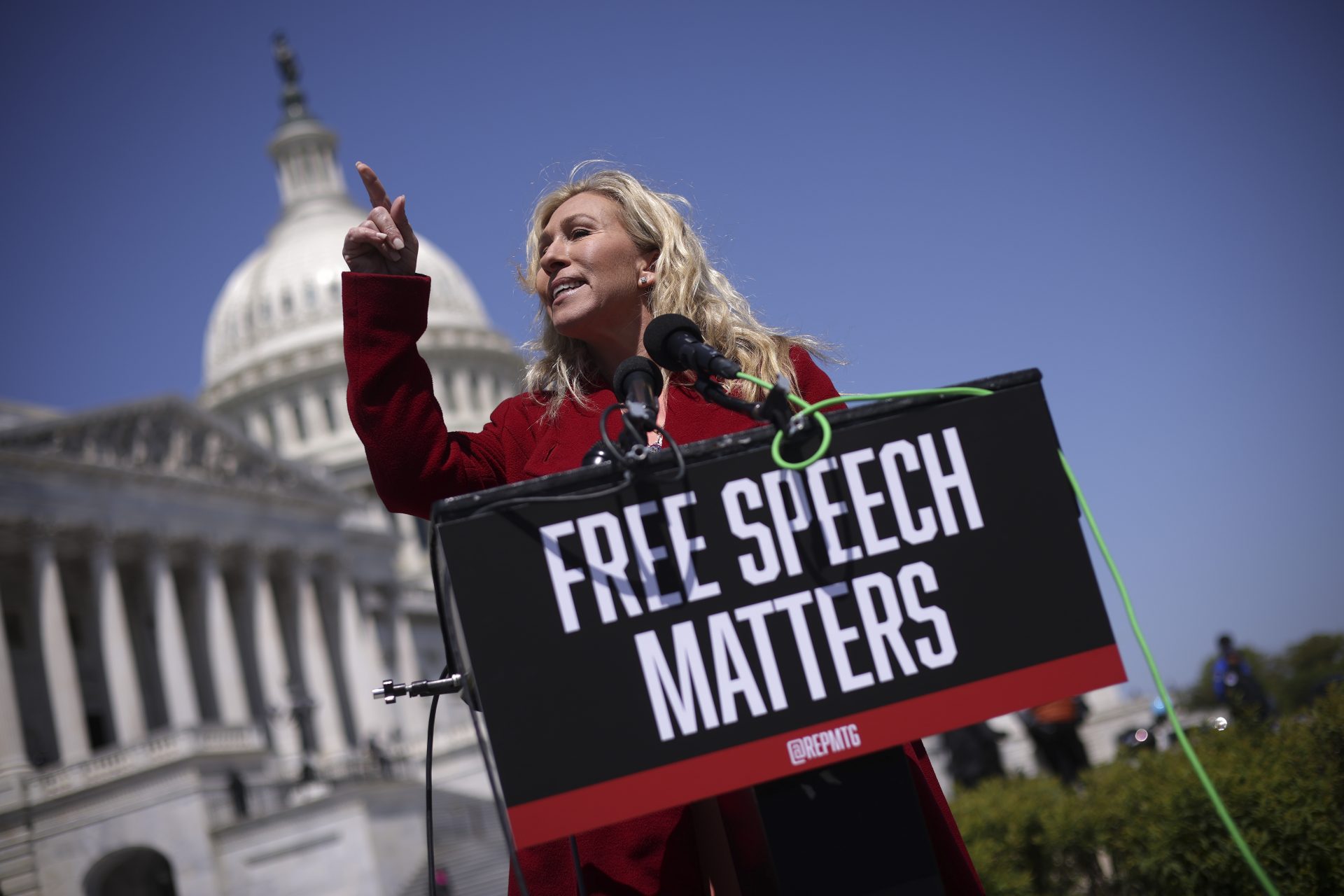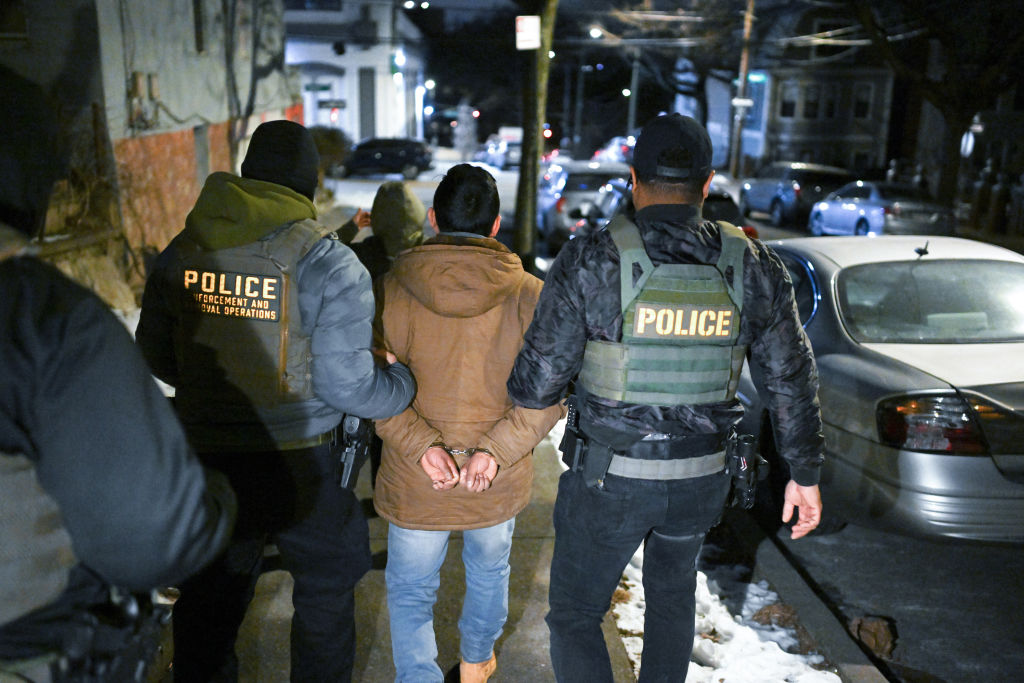Courageous war correspondents who died documenting history
The war in Ukraine brought forth the importance of the role of war correspondents and also just how risky their job is. So far, according to the Committee to Protect Journalists, in 2022 64 journalists and media workers have died while on the job.
The deaths of Brent Renaud, the US journalist, shot and killed on March 13, 2022 in Irpin, near Kyiv, and then the deaths of Oleksandra Kurshynova and Pierre Zakrzewski on March 15 in Horenka, also near the Ukrainian capital, were tragic and unsettling.
Sadly, their untimely deaths force us to update the growing number of reporters, photojournalists and camera operators who died in war zones.
It is not surprising that there has been an increase in the death of journalists in 2022 compared to 2021. According to data from the International Federation of Journalists-IFJ, in 2021, 45 journalists lost their lives while covering conflicts. As of December 5, 2022, 64 journalists and media workers have lost their lives whilst at work.
According to the minister of Ukrainian culture by June of 2022, at least 32 journalists had been killed due to Russia’s ongoing war on Ukraine.
The French organization RSF (Reporters sans Frontiéres - Reporters Without Borders) is particularly concerned about the safety of journalists. Stating on its website: "RSF reiterates its call to the Russian and Ukrainian authorities to comply with their international obligations to guarantee the safety of reporters in the field."
Jeanne Cavalier, Head of RFS for Eastern Europe and Central Asia, said: “Journalists are prime targets, as we have seen in Crimea since its annexation in 2014, and in the territories controlled by Kremlin-backed separatists in the Donbass region."
With the eyes of the world on the conflict between Russia and Ukraine, the role of war correspondents has returned to being vital to the media, and concern for these witnesses of history has increased. The news of the last few has done nothing but increase this feeling.
Until about 40 years ago, the profession of war correspondent was the prerogative of real professionals of the trade, ready to fly towards the fronts of the hottest conflicts of the moment.
In recent years, however, the phenomenon has waned: the economic crisis in the publishing world and the consequent reduction in costs have made the figure of the war correspondent increasingly rare and, for the most part, reserved for those newspapers with a portfolio capable of supporting the costs. In most cases, therefore, the journalists at the front are freelancers who choose to reach places of tension in the world.
New forms of communication and digital innovations have allowed many to consider the profession of war correspondent, which is more accessible now than it was in the past but also much more dangerous.
In an interview during the presentation of the book 'The War Correspondent', Scott Anderson, a US correspondent, spoke about how things have changed. Anderson said that in the 80s in El Salvador, having 'TV' written on your vehicle could save your life, but just a few years later, in Bosnia, admitting you were with the press put a target on your back.
Given the dangers that war correspondents could be involved in, the CPJ (Committee to Protect Journalists), a US non-profit organization for the protection of journalists and the freedom of the press, has collected a set of regulations for workers of news in war zones.
The organization recommends a preparatory course, the stipulation of specific insurance. It also advises that reporters maintain a continuous line of contact with colleagues on-site and at home, that they have adequate equipment, but above all stresses the need for knowledge of the region and the forces involved.
However, it remains difficult to know when it is beneficial to be recognized as a journalist in war zones. According to a report by Reporters Without Borders, more than 300 journalists have died in the ten-year civil war in Syria.
Pictured: A convoy of police-escorted journalists attacked by pro-Taliban near the Afghan border, Pakistan, on October 10, 2001.
This leads us to wonder how vulnerable the protection provided by a press badge is. Many war correspondents have lost their lives in the field in recent years. In this gallery, we recall some of them.
This Wall Street Journal reporter was killed in Pakistan in February 2002 after being kidnapped in late January of the same year. According to CNN, Khalid Sheikh Mohammed is responsible for his death, a man suspected of having been one of the masterminds behind the 2011 attack on the Twin Towers.
This Russian reporter was killed in broad daylight in Moscow in 2006. She was known for her reports on corruption and human rights violations in Chechnya and her fierce criticism of Kremlin politics.
This Italian video journalist was killed in 2014 by an explosion in the northern Gaza Strip. Camilli was the first international journalist to be killed in the Gaza conflict in 2014.
A war correspondent for The Sunday Times, Colvin was killed during the clashes of the Syrian Civil War in 2012, after surviving a grenade exploding in Sri Lanka in 2001 that caused her to lose sight in one eye.
James Foley was kidnapped in northeastern Syria in November 2012. Two years later, a video of his beheading appeared. ISIS claimed his death.
David Gilkey, an American photojournalist, and Zabihullah Tamanna, an Afghan freelance journalist, were killed during an ambush in the Helmand province, Afghanistan, in 2016.
The Italian journalist Corriere della Sera and the Spanish journalist Julio Fuentes (pictured) were killed in 2001 in Sarobi, Afghanistan. Two Afghan citizens were accused and sentenced for their deaths.
Andrea Rocchelli, an Italian photojournalist was killed by the Ukrainian National Guard during the conflict in the Dombass war in May 2014, along with human rights activist, reporter, and interpreter Andrei Mironov, defined by the Washington Post as "the interpreter who tried to save Russia. " The last photo of the Italian photojournalist was precisely that of the attack he was the victim of while portraying the problematic conditions of the population.
(Photo: Andrei Mironov- Wikipedia: Creative Commons license)
Shot by Yugoslav soldiers during an ambush in Kosovo, German-speaking Italian journalist Gabriel Grüner and his colleague Volker Krämer of Stern magazine were the first to be murdered in a NATO country during a war.
(In the photo: Hundreds of journalists await the resumption of talks on the Serbian military withdrawal from Kosovo in 1999 in Kumanovo)
These two Austrian journalists were killed by a Yugoslav People's Army missile during the Slovenian War of Independence in 1991.
In the photo: Slovene troops cross the fields to join the rest of the territorial army deployed around Ljubljana airport, after independence
This Croatian journalist, he lost his life along with hundreds of people in 1991 during the siege of the Croatian city of Vukovar. His body was only found in 1997.
Photo: Youtube Screenshot: Son of Killed Croatian Journalist Sinisa Glavasevic Reflects on his Father's Legacy
These are just some of the journalists who have lost their lives in war zones in recent years, in addition to the thousands more that receive threats every day.
In 2021 the Nobel Prize committee felt the need to underline the importance of freedom of expression, awarding the Nobel Peace Prize to two reporters, Maria Ressa and Dmitry Muratov. Ressa is from the Philippines and Muratov from Russia, and the duo was awarded the prize for their efforts in mainting freedom of expression: “Free, independent and fact-based journalism serves to protect against abuse of power, lies and war propaganda.”
However, according to RSF, the freedom of the press is at risk. In the World Press Freedom Index published on the association's website, there are some alarming results: almost 500 journalists are in prison worldwide (data from 2021).
The most dangerous place for journalists continues to be Mexico, with seven reporters killed in 2021 and five this year. Ukraine and Russia, on the other hand, according to the latest report, are the first in 97th place and the second in 150th place, in the ranking that analyzes 180 countries in terms of press freedom.
More for you
Top Stories












































